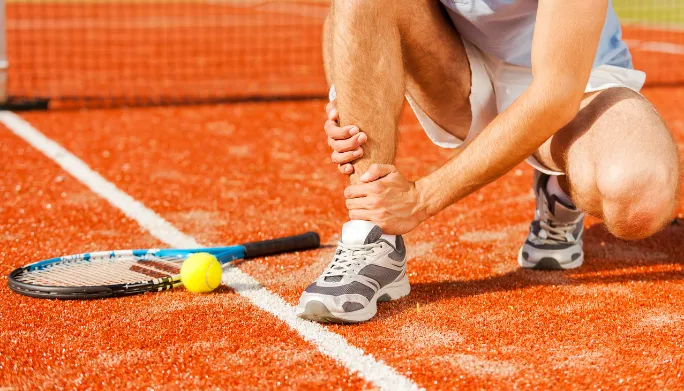Urgent care centers provide a convenient medical option between primary care physicians and emergency rooms. They treat illnesses and injuries that need prompt attention but are not life-threatening. With walk-in availability and extended hours, these facilities provide accessible care when injuries occur during summer activities. Here is some information about visiting urgent care for summer sports injuries:
Common Sports Injuries
Warm weather often leads to increased participation in outdoor sports like cycling, hiking, running, or basketball. It’s good to be aware of the common injuries that can occur during these activities. These can include:
- Sprains and strains: Stretching or tearing of ligaments or muscles, often in ankles, wrists, and knees
- Fractures: Broken bones ranging from small cracks to complete breaks
- Dislocations: Bones forced out of their joints, commonly in the shoulders and fingers
- Cuts and abrasions: Caused by falls on hard surfaces like pavement or courts
- Overuse injuries: Conditions like tendonitis or shin splints, caused by repetitive motions in activities like running or tennis
When to Visit Urgent Care
Deciding where to go for treatment depends on the severity of the injury. Urgent care is a suitable choice for injuries that are painful but not life-threatening. This includes suspected simple fractures, where the bone has not broken through the skin, and moderate sprains that cause swelling and difficulty moving a joint. Deep cuts that may need stitches also fall into this category. Other signs that point toward a clinic visit include joint pain after a fall or a minor dislocation. For injuries that limit your ability to use a limb, a doctor can evaluate the severity. Severe injuries, such as a visible bone, a head injury with loss of consciousness, or uncontrolled bleeding, require an emergency room visit.
What to Expect for Sports Injuries
An urgent care visit for a sports injury usually begins with checking in and providing information about your medical history and the nature of the injury. A medical professional will then examine the affected area to assess the damage. They might ask you to move the injured limb to check your range of motion.
Depending on the type of injury, the provider may order diagnostic tests. X-rays are commonly used to check for fractures and dislocations. Once a diagnosis is made, the team will develop a treatment plan. This may involve cleaning and dressing a wound, applying a splint or brace to support a sprain or fracture, or prescribing medication for pain and inflammation. You will receive instructions for at-home care and guidance on when to follow up with a primary care doctor or a specialist.
Find Injury Treatment Today
Receiving the right care for a summer sports injury helps you return to your activities safely. Understanding your options enables you to make an informed decision in the event of an unexpected injury. Urgent care provides a practical choice for non-life-threatening medical needs. They offer a supportive environment to address your concerns and start you on the path to recovery. If you have a sports injury that needs attention, visit an urgent care center today.

